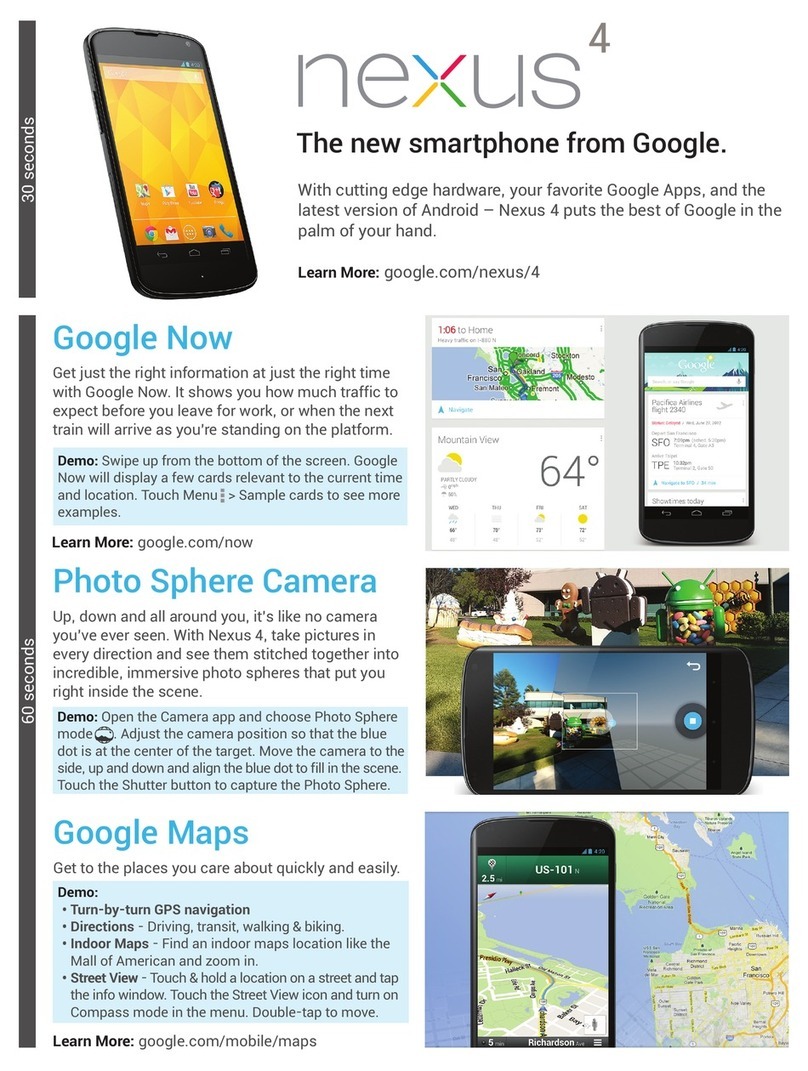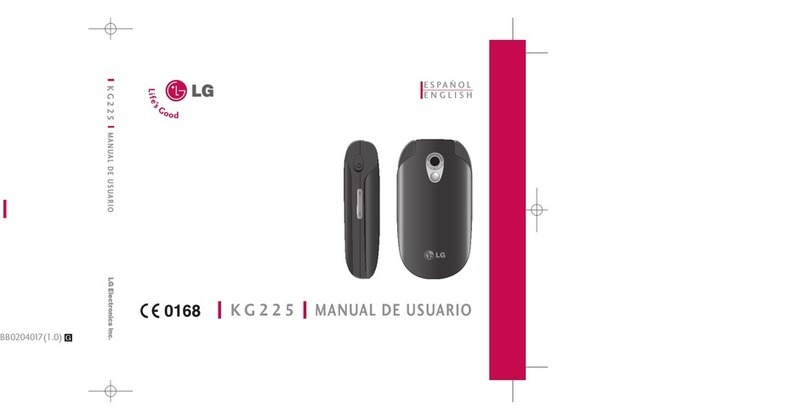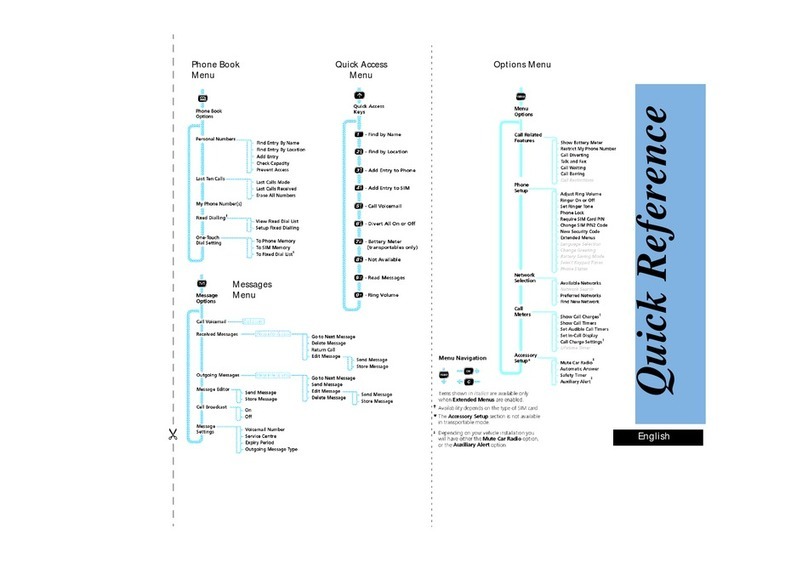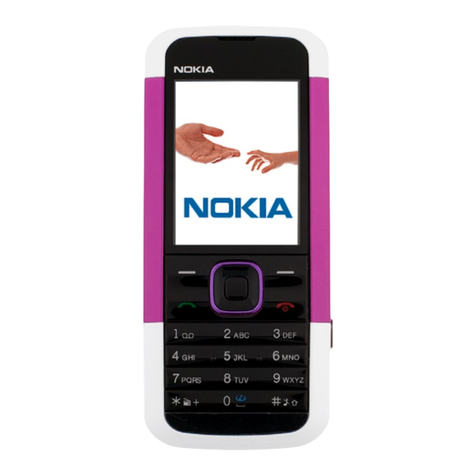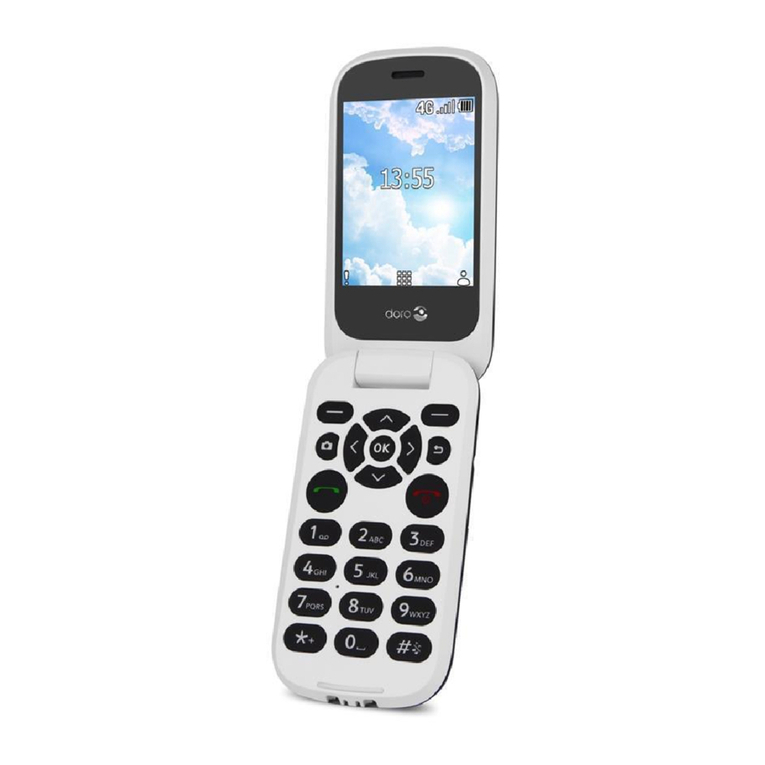Chatter Box FRS X2 User manual

The Person ~ to ~ Person Sports Communication System
OWNERS MANUAL


Contents
Feature Highlights 4
Unpacking and Inspecting 5
Initial Set-Up 6
Features 7
Operation
Power On Off 9
Vox Sensitivity 9
Channel Select 9
Volume Level Select 10
Talk Group 10
Beep On Off Select 10
Key Lock On Off Select 10
Scan 10
Power Save Level Select 10
Intercom 11
Monitor 11
Audio-In Jack 11
AUX-In Jack 11
Battery Indicator 11
Optional Accessories 12
Headset Installation 13
Main Unit Installation 14
How to Transmit and Receive 15
Vox Adjustment Instruction Sheet 16
Trouble Shooting 17
Technical Specification 18
3

Feature Highlights
Thank you on your recent purchase of the ChatterBox model FRS X2. The
FRS X2 is a micro size 1 channel portable FM transceiver constructed with
a microprocessor controlled, temperature compensated Phase Locked Loop
(PLL) frequency synthesizer. The radio features a double conversion receiv-
er and a direct FM transmitter modulator. A special integrated circuit provides
support to sub-audible signaling (CTCSS) and most of the receiving parts are
switched off periodically in the power saver mode to reduce battery current
drain during standby. The FRS X2 is FM transceiver operating 62MHz-
67MHz. With the output power of 0.5 Watt, the radio is capable of commu-
nicating up to 2 miles. Now you can share your thoughts, as well as the road
or trail, with all your friends or even your passenger. The ChatterBox will
greatly enhance your riding experiences and can even increase your safety in
certain situations.
The ChatterBox FRS X2 is the most technologically advanced state of the art
two way radio with a range of up to 2 miles.
Sophisticated voice activated circuitry makes the FRS X2 easy to use. All you
have to do is talk.
You can operate this unit freely on each of the 1 channels and 38 talk groups
without a complicated FCC license.
Full duplex intercom for private communication between rider and passenger
is possible.
Transmission between one rider/passenger to another rider/passenger is possi-
ble.
Power is supplied by a built in rechargeable Ni-MH battery.
Enjoy the sound of music in true stereo sound which automatically mutes dur-
ing communication. An optional audio cord is needed.
An optional call cord is available to allow you to answer incoming calls from
your cellular phone, (call for applications).
An optional sport headset is available for unlimited applications; Camping
Biking, Skiing, Snowboarding, Hunting, Fishing, Hiking, etc.
4

Unpacking and Inspecting
Check that all contents are in good order. If any parts of the
equipment has been damaged in transit or is missing please contact
our customer service department immediately at (562) 07-2188.
1. FM transceiver unit
2. Stereo headset and microphone
3. Rechargeable Ni-MH battery
. AC home charger
5. PTT (Push-to-Talk-Button)
6. Mounting Bracket with allen wrench, protective rubber,
2 small screws, and 2 large screws
7. 2 Foam speaker covers
8. 2 Velcro discs
9. Wooden stick
5

Initial Set-Up
The rechargeable Ni-MH battery comes initially charged from the
factory. We recommend that the battery be pre-conditioned by
allowing it to drain completely before applying an additional 14 hr.
full charge. To reduce the risk of damage to the battery do not use
any other charger except the one supplied with the FRS X2. Please
note the battery should have a full charge before the unit is stored
for a long period of time.
If you use the unit after leaving it unused for a long period of time
or when you feel that the durability of the battery becomes shorter
than before, you can try to restore the battery to the original state
by following the steps outlined below.
1. Discharge the battery completely by leaving the unit on and set-
ting the VOX sensitivity to high (next to a TV or radio or in a
noisy room) until the battery is completely drained.
2. Charge the battery completely.
3. Discharge the battery again by following Step 1.
4. You can try to restore the battery to the original state by repeat-
ing Steps 1 and 2 at least three times.
NOTE: WHEN YOU SPEAK INTO THE MICROPHONE AND
HEAR A CHIME IT IS TIME TO RECHARGE THE BAT-
TERY.
6

8. / 9. VOLUME ADJUSTMENT
TOUGH WATER RESISTANT CASING
1. LARGE ILLUMINATED LCD DISPLAY
10. MIC / SPEAKER INPUT
11. INTERCOM INPUT
passenger
12. AUXILIARY INPUT
cellular phone*
13. AUDIO INPUT
portable radio, CD, MP3 etc.
14. FIXED LOW PROFILE ANTENNA
7. POWER ON/OFF
VOX ADJUSTMENT
BUILT-IN RECHARGEABLE Ni-MH BATTERY
3. MODE BUTTON
6. INTERCOM / MONITOR BUTTON
4. / 5. CHANNEL SELECT BUTTON
2. PUSH TO TALK BUTTON / ENTER
Features:
7

1. Illuminated LCD (Liquid Crystal Display)
2. PTT (Push-to-Talk Button)/Enter
Hold down to transmit and release to receive.
Allows you to set different functions.
3. Mode button
Press to change modes.
Allows you to program different functions.
. Up button
To select the channel and option in mode operation.
5. Down Button
To select the channel and option in mode operation.
6. Intercom/Monitor button
Allows private (unbroadcasted) driver to passenger communication.
Allows you to listen in on a channel for weak signals.
7. Power On/Off knob and VOX setting
To turn the unit on/off and to select the VOX sensitivity level.
8. Volume Up button
To increase the volume level.
9. Volume Down button
To decrease the volume level.
10. Microphone and Speaker input
For the driver’s headset.
11. Intercom input
For the passenger’s headset.
12. Auxiliary input
For a cell phone or external PTT (Call for applications.)
13. Audio input
For an external audio source (ie. Walkman, CD, MP3 player etc.).
1 . Fixed low profile Antenna.
8

Operation
Power On Off
Turn the VOX sensitivity dial clockwise to turn the unit on. The radio will
emit a tone to let you know the unit is on.
Turn the VOX sensitivity dial counterclockwise to turn the unit off. The
radio will emit a tone to let you know the unit is off.
VOX Sensitivity
The VOX dial controls the sensitivity of the microphone. As the dial is
turned clockwise, the sensitivity increases. This unit has circuitry and soft-
ware that senses when you speak through the headset and will automatical-
ly transmit. When the surrounding noise levels increase, the mic may be
activated unintentionally. To reduce the sensitivity of the mic, turn the dial
counterclockwise. When the VOX is set at a low sensitivity position, it will
require your voice to be slightly louder in order to activate the microphone
transmission.
Channel Select
Choose the desired channel by pressing Up/Down button. Then press the
PTT button to enter.
9

Volume Level Select
Choose the desired volume level with the Up/Down button. Then press the
PTT button to enter.
Talk Group
Press the Mode button once, while the number is blinking choose the
desired “talk group” by pressing Up/Down button. Then press the PTT
button to enter.
Beep On Off Select
Press the Mode button twice, choose beep On/Off by pressing the Up/Down
button. Then press the PTT button to enter.
Key Lock On Off Select
Press the Mode button three times, choose key lock On/Off by pressing the
Up/Down button. Then press the PTT button to enter.
Scan
Press the Mode button four times, while the channel is blinking press the
Up button to scan up or press the Down button to scan down. The radio
stops scanning after detecting a signal and remains on the same channel
until the signal drops out for 2 seconds. Then press the PTT button to stop
scanning.
Power Save Level Select
Press the Mode button five times, choose the desired power save level by
pressing the Up/Down button and press the PTT button to enter. “00”
power save off, “01” normal power save, “02” high power save.
10

Intercom
Press the Intercom button for 3 seconds to switch to intercom mode.
You will then hear a chime letting you know that the intercom has been
activated. Press the same button again to cancel and start regular
transmission.
Monitor
Press the Intercom button to listen in on a channel for weak signals.
Press it again to cancel.
Audio-In Jack
Connect your desired audio source (i.e. Walkman, CD, MP3 player etc.)
with our optional audio cord. The music will automatically mute when you
transmit or receive.
AUX-In Jack
Connect your cellular phone to the AUX-In jack with our optional call cord.
When your phone rings press the external call button, located on the call
cord, to receive. Press the external call button again to end the call. Both
rider and passenger can participate in the conversation.
Battery Indicator
3-bars indicates a full charge.
2-bars indicates half a charge.
1-bar indicates a low charge.
NOTE: WHEN YOU SPEAK INTO THE MICROPHONE AND HEAR A
CHIME IT IS TIME TO RECHARGE THE BATTERY.
11

Optional Accessories
Full Face Headset
Replacement headset or passenger headset for full face helmets.
Open Face Headset
Replacement headset or passenger headset for open face helmets.
Sports Headset
Non helmet headset for unlimited applications.
Headset Extension Cord
Connect passenger headset to main unit or used to mount your unit other
than your helmet.
Audio Cord
Connect your desired audio source (Walkman, CD, MP3 Player etc.)
Call Cord
Connect your cellular phone (Call for applications.)
Rechargeable Ni-MH Battery
Internal replacement battery.
External Battery Pack
Belt mounted battery pack ( alkaline batteries.)
12 Volt Power Filter Cord
Connect your ChatterBox FRS X2 to a 12 Volt battery.
12

Headset Installation
1. For the open face headset, use the plastic tie clip to secure the
windsock. For the full face headset, microphone covers come pre-
installed.
2. Helmets without speaker pockets. Attach the foam covers to the
speakers respectively (Drawing 1). Attach the hard velcro disk to
the back of the speakers (Drawing 2). Attach the soft velcro disks
to the helmet liner. The position of the soft velcro disks will deter-
mine the position of the speakers.
3. Attach the right speaker (the long cord) to the soft velcro disk
that you applied to the helmet liner. Attach the left speaker (the
short cord) to the soft velcro disk that you applied to the helmet
liner. For helmets with speaker pockets, simply insert the speaker
in the pocket. Then use the wooden stick to gently tuck the speak-
er wire between the headliner and the shell (Drawing 3).
4. For full face headset. Attach the soft rectangular velcro piece to
the chin bar. Keep in mind the position of this velcro will deter-
mine the position of the mic. Apply the mic to the soft rectangular
velcro. Then use the wooden stick to gently tuck the mic wire
between the headliner and the shell (Drawing ).
1 2
34
13

Headset Connection
Insert the Mini-DIN plug of the driver headset into the microphone
speaker jack on the back of the main unit. Insert the flat side of the
main plug facing you.
Main Unit Installation
Fasten the mounting bracket snugly to the bottom left side of the
helmet with the bolts supplied. Make sure the rubber pad is placed
between the outer mounting bracket and the outer shell of the hel-
met. Then align the mounting bracket with the grooves on the back
side of the main unit. Slide down the main unit on to the mounting
bracket until it latches firmly into place.
14

How to Transmit and Receive
VOX DESCRI TION
The VOX system on your new ChatterBox® enables the microphone to be
voice activated. This means that when you speak the microphone will
open automatically and transmit your voice. It is best to think o the VOX
as the microphone sensitivity setting.
Turn the power switch to on. I you turn the VOX sensitivity dial clock-
wise and speak through the microphone, the VOX operates and automati-
cally transmits. You will know you are transmitting when you hear your-
sel in the headset speakers. Operation is totally automatic, no external
controls are required.
To receive, just listen in silence. I your mic is activated, you cannot
receive. Simultaneous transmission is not possible. You cannot talk
(activate your VOX) and hear a transmission rom another ChatterBox at
the same time.
VOX FUNCTION
The VOX adjustment knob on the ront o your ChatterBox® is the single
most important control on the unit. When set on “Hi” (high) the micro-
phone will easily pick up a normal speaking voice. Never begin riding
with the VOX set on “Hi”. This will cause the microphone to constantly
open and thus prevent proper communications.
When set between the “Hi” (high) and “Lo” (low) the microphone sensitiv-
ity is reduced thus requiring a louder voice to activate. This is necessary to
prevent the microphone rom opening due to wind noise or loud exhaust
systems, both o which can prematurely open the microphone. When the
microphone opens prematurely the channel is held open which causes a
hissing noise in everybody’s headset and prevents users rom communicat-
ing. This is a situation many irst time users experience while learning to
properly adjust the VOX. (To eliminate this situation, it is strongly recom-
mended that irst time users use a PTT “push to talk” button.) At the ull
“Lo” (low) setting the microphone is actually shut o so no transmition is
possible.
15

Vox Adjustment Instruction Sheet
VOX ADJUSTMENT RACTICE
It is highly suggested that each new user practice adjusting their radio
be ore riding. It’s simple, quick and e ective.
A. With the helmet o , turn the VOX knob to the “Hi” (high) sensitivity
position.
B. Place the helmet on your head (with the ChatterBox® ully installed).
C. Speak into the microphone in a normal voice. You should hear your
voice in the speakers. Adjust the volume to a com ortable setting. I
you don’t hear anything turn the volume up. I you still don’t hear any-
thing check all the wire connections and make sure the VOX is set to
the ull “Hi” position.
D. Next, continue to speak while turning the VOX knob towards the “Lo”
setting. As you do this you’ll notice that you must speak louder to acti-
vate the microphone.
E. When the knob is turned almost to “Lo”, you’ll ind that you must talk
very loud to activate the microphone. This is where the VOX must be
set during high speed riding or in very loud
wind conditions.
F. Next, turn the VOX knob to the ull ”Lo” posi-
tion. When the VOX is set at this position the
microphone is o and no transmitting is possi-
ble.
It is highly suggested that you always begin your
rides with the VOX set close to the ull “Lo” set-
ting. Once under way you can then ine tune the
sensitivity.
16

Problem 1. Cutting out during transmission.
Solution 1. Adjust the mic sensitivity to a higher setting (clockwise)
or speak louder.
Solution 1. Position the mic directly in front of your lips.
Problem 2. Not receiving.
Solution 2. Adjust the mic sensitivity to a lower setting
(counter clockwise).
Problem 3. Short operating range.
Solution 3. Make sure you’re clear of power lines. Foliage, hills,
and buildings will also reduce your range.
Problem 4. Road and wind noise while transmitting.
Solution . Add foam or cotton directly to the tip of the mic.
WARNING
Your wireless handheld portable transceiver contains a low power transmitter.
When the PTT button is pushed it sends out radio frequency (RF) signals. The
device is authorized to operate at a duty factor not to exceed 50%. In August
1996, the Federal Communications Commissions (FCC) adopted RF exposure
guidelines with safety levels for hand-held wireless devices.
Important: To maintain compliance with the FCCs RF exposure guidelines hold
the transmitter at least 2 inches (5 centimeters) from your face and speak in a
normal voice, with the antenna pointed up and away. If you wear the handset on
your body while using the headset accessory, use only the supplied belt clip for
this product and ensure that the antenna is at least 2 inches (5 centimeters) from
your body when transmitting. If the distance between the antenna and the body
is LESS THAN 2” (5 cm) DO NOT TRANSMIT IN THE BODY WORN CONFIG-
URATION. Use only the supplied antenna. Unauthorized antennas, modifica-
tions, or attachments could damage the transmitter and may violated FCC regula-
tions.
Trouble Shooting
17

General
1. Frequency range 62.550 MHz– 62.725 MHz
2. Modulation type 8KOF3E (FM)
3. Channel capacity 1 channels
. Channel spacing 12.5KHz
5. Power supply DC .8V; Ni-Mh rechargeable pack
6. Current drain Transmitter (0.5W); <600mA
(Ni-MH rechargeable pack)
Receiver (0.5 W); <300mA
7. Battery life 12 hrs. talk time;
20 hrs. stand-by time
8. Operating temperature -20 C + 60 C
9. Dimensions 65(H) x 132(W) x 39(D) mm
10. Weight 8 oz. (with battery)
Transmitter
1. Power output 0.5W
2. Frequency stability Better than +/- 5ppm within
operating temperatures
3. Hum & Noise - 0dBc (with 300Hz to 3KHz audio filter)
. Spurious & Harmonics -60dBc
5. Audio distortion less than 5% (1KHz tone 60% modulation)
Receiver
1. Sensitivity (12dB SINAD) .25uV (-119dBm SINAD)
2. Selectivity -60dB
3. Inter-modulation -60dB
. Spurious and image rejection -60dB
5. Maximum audio output more than 200mW
6. Audio distortion less than 5%
Technical Specifications
18

ChatterBox warrants that each new
ChatterBoxTM will be free from defective
materials and workmanship for a period of one
(1) year from date of original purchase.
ChatterBox will remedy any such defect by
repair or replacement (at our option) of the
unit, provided the unit is delivered to the
address listed below, intact, for examination,
with all transportation charges prepaid and
accompanied by a copy of the original retail
sales receipt. The provisions of this warranty
shall not apply to any unit which has been
subject to misuse, neglect, incorrect
installation, unauthorized modification,
accident, or has been repaired or altered
outside of our factory. The express warranty
contained herein is in lieu of all other
warranties, expressed or implied or statutory,
including without limitation any warranty of
merchantability or fitness for a particular use.
In no event will ChatterBox be liable to the
buyer for any damages, including special,
incidental, indirect, or consequential.
HJC ChatterBoxTM Limited Warranty
CAUTION
ANY CHANGES OR MODIFICATIONS IN CONSTRUCTION OF THIS
DEVICE WHICH ARE NOT EXPRESSLY APPROVED BY THE PARTY
RESPONSIBLE FOR COMPLIANCE COULD VOID THE USER’S
AUTHORITY TO OPERATE THE EQUIPMENT

ChatterBox USA
16918 Edwards Rd. Cerritos, CA 90703
Tel: 562-407-2188 Fax: 562-802-3151
www.hjc-chatterbox.com
The Person ~ to ~ Person Sports Communication System
Table of contents
Other Chatter Box Cell Phone manuals







